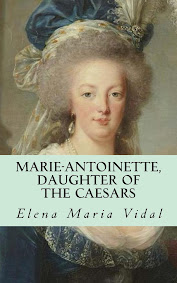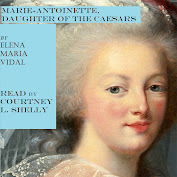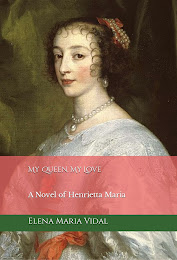Little is known about how Arcimboldo attracted the attention of the Hapsburg court. He was, like his artist father, associated with the workshop of Milan's vast cathedral, designing frescoes, banners, stained glass and the like. Of this early work, only a few unexceptional windows have survived, nothing that suggests extraordinary talent. He may have been known for illustrations of the natural world—a few have emerged—or else, then as now, connections helped in obtaining prestigious appointments.Share
Certainly the paintings Arcimboldo made for his Hapsburg patrons announce his mastery of the high realism for which Lombardy became known, a tradition based on close observation of nature, thought to be influenced by Leonardo da Vinci during his 17 years in the service of Ludovico Sforza, Duke of Milan. The flora and fauna that make up Arcimboldo's weird profiles are exquisitely and accurately rendered, their details and textures meticulously accounted for. It is believed, too, that Arcimboldo had first-hand acquaintance with Leonardo's drawings of grotesque heads, many of which belonged to a family friend; the irregular profiles of the composite heads often have remarkable cognates in Leonardo's distorted profiles.
Scholars find allegorical allusions to Hapsburg power in Arcimboldo's "portraits" of the elements and the seasons, deciphering coded references to dominion over the world. Most of us concentrate on the obsessive virtuosity of the depictions of individual elements—a diagram identifies more than 60 sea creatures and a seal in the personification of water—on the shifting scale among these elements, and on the sheer strangeness of the images. (Not surprisingly, it was the Surrealists, with their taste for dislocation, who rescued Arcimboldo from centuries of obscurity.)
Mystery of Faith
16 hours ago



















2 comments:
I really love those portraits, all the little details are amazing, I discover new things every time I look at them.
Oh dear, I must confess this kind of art is not to my taste.
Post a Comment